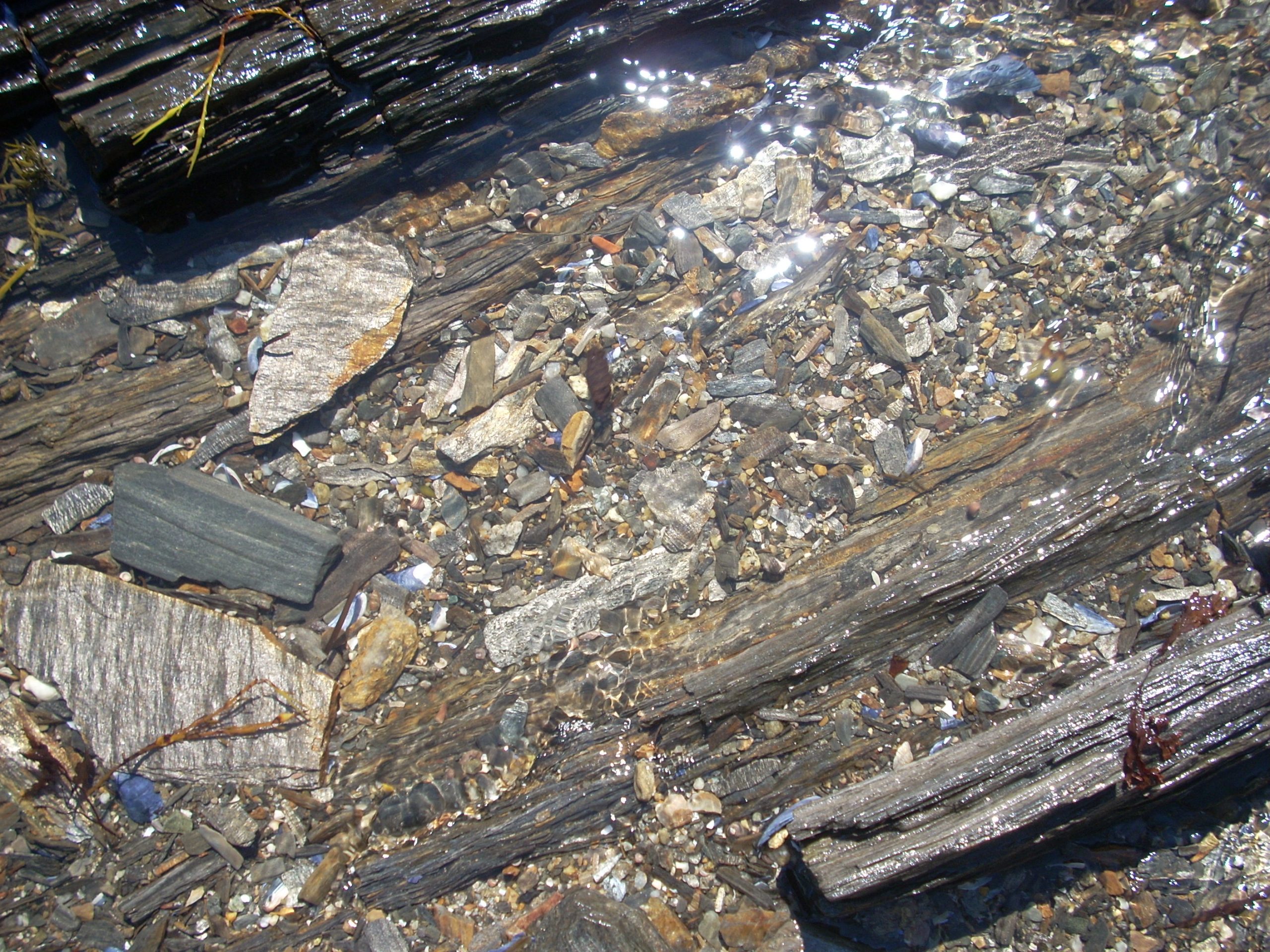
The third (liquid) state holds great potential when we examine and seek to understand confusing and often elusive organizational phenomena such as intentions, leadership and communication. Turbulent rivers, avalanches, shifting weather patterns, and other conditions that move between order and chaos typify the liquid state. Liquid systems contain chaotic elements as well as elements of stability. There are both quiet pools and eddies in a turbulent river. Mountain avalanches consist of not only rapidly moving volumes of snow but also stable snow packs on top of which, around which, or onto which the cascading snow moves. Stable and chaotic weather patterns intermingle to form overall climatic patterns on our planet.
The liquid state is one that is filled with edges and shifting boundaries. A liquid, edgy state is also filled with the potential for learning. A liquid system has the capacity to adjust and rework itself into an orderly, solid state. At certain points, however, the solid state (the eddy, the snowpack, or the stable weather pattern) reaches a super-critical state and can no longer adjust to the addition of another change or variant in pattern. At this point the system becomes fluid and an avalanche occurs. Portions of the system take on a very different form, and the system can once again adjust to the addition of a few changes or alterations in pattern.
I would suggest that most organizations live on the edge, in the liquid state, poised on the edge of chaos. Furthermore, organizations are dynamic systems that can adjust based on quick and accurate feedback systems. This is first-order change. Yet, at a super-critical stage, organizations can no longer adjust. They can no longer accept any additional change or crisis. The one additional piece of straw has broken the camel’s back. An avalanche begins and the organization changes in a profound manner. This is second-order change.
Self-Organizing Criticality
The theory of self-organizing criticality (or weak chaos) and edginess suggests that small events (first order changes) such as a shift in leadership will usually produce only minor alterations in the structure and dynamics of the organization (the snow pack will get a bit wider or a bit higher). However, a change in leadership sometimes will create a major second-order alteration (an avalanche). Furthermore, while the outcomes are dramatically different, Bak and Chen propose that the same processes are involved in the initiation of both the minor and major changes, and that the onset of the major event can’t be predicted—in part because the same process brings about both outcomes.







